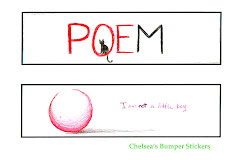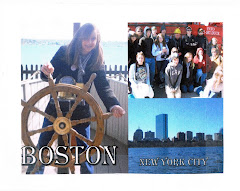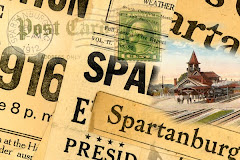
On the literary map, travel from Shillington, Pennysylvania, to Baltimore, Maryland.
Calculate:
# _____________ Miles to Baltimore, Maryland
$ _____________ Cost for Gasoline to Baltimore, Maryland
Visit Mrs. Steller's Poe Gallery.
Visit Edgar Allan Poe and fill-in-the-blanks.
"Edgar Allan Poe was born in ________________, on January 19, ____________. In _______, he became the editor of the Southern Literary Messenger in _______________. During these years he established himself as a poet, a short-story writer, and an editor. He published some of his best-known stories and poems including '__________________,' '______________,' '_____________________,' and '__________.' After his wife Virginia died from tuberculosis in _______, Poe's life-long struggle with depression and alcoholism worsened. He returned briefly to Richmond in 1849 and then set out for an editing job in ______________. For unknown reasons, he stopped in Baltimore. On October 3, _________, he was found in a state of semi-consciousness. Poe died four days later of 'acute congestion of the brain.' "
" Poe's work as an editor, a poet, and a critic had a profound impact on American and international literature. His stories mark him as _____________________________. Many anthologies credit him as the '___________' of the modern short story. He was also one of the first critics to focus primarily on the effect of the style and of the structure in a literary work; as such, he has been seen as a forerunner to the 'art for art's sake' movement."
Read To Helen and answer these questions.
The first stanza develops a simile for Helen’s beauty. What is the comparison and how is the effect of this comparison of her beauty to something from the remote past?
In the second stanza the wanderer comes “home” to two great ages of history and imagines the glory and grandeur of those periods. How does Helen help the speaker accomplish this feat of imagination?
In stanza three, Helen is directly present, standing in a window recess in brilliant light. But it is questionable whether this vision brings her any closer as a real person. What is the effect of seeing her “statue-like” and holding “agate lamp”? (In antiquity, lamps made of agate were associated with immortality.)
Calculate:
# _____________ Miles to Baltimore, Maryland
$ _____________ Cost for Gasoline to Baltimore, Maryland
Visit Mrs. Steller's Poe Gallery.
Visit Edgar Allan Poe and fill-in-the-blanks.
"Edgar Allan Poe was born in ________________, on January 19, ____________. In _______, he became the editor of the Southern Literary Messenger in _______________. During these years he established himself as a poet, a short-story writer, and an editor. He published some of his best-known stories and poems including '__________________,' '______________,' '_____________________,' and '__________.' After his wife Virginia died from tuberculosis in _______, Poe's life-long struggle with depression and alcoholism worsened. He returned briefly to Richmond in 1849 and then set out for an editing job in ______________. For unknown reasons, he stopped in Baltimore. On October 3, _________, he was found in a state of semi-consciousness. Poe died four days later of 'acute congestion of the brain.' "
" Poe's work as an editor, a poet, and a critic had a profound impact on American and international literature. His stories mark him as _____________________________. Many anthologies credit him as the '___________' of the modern short story. He was also one of the first critics to focus primarily on the effect of the style and of the structure in a literary work; as such, he has been seen as a forerunner to the 'art for art's sake' movement."
Read To Helen and answer these questions.
The first stanza develops a simile for Helen’s beauty. What is the comparison and how is the effect of this comparison of her beauty to something from the remote past?
In the second stanza the wanderer comes “home” to two great ages of history and imagines the glory and grandeur of those periods. How does Helen help the speaker accomplish this feat of imagination?
In stanza three, Helen is directly present, standing in a window recess in brilliant light. But it is questionable whether this vision brings her any closer as a real person. What is the effect of seeing her “statue-like” and holding “agate lamp”? (In antiquity, lamps made of agate were associated with immortality.)



















